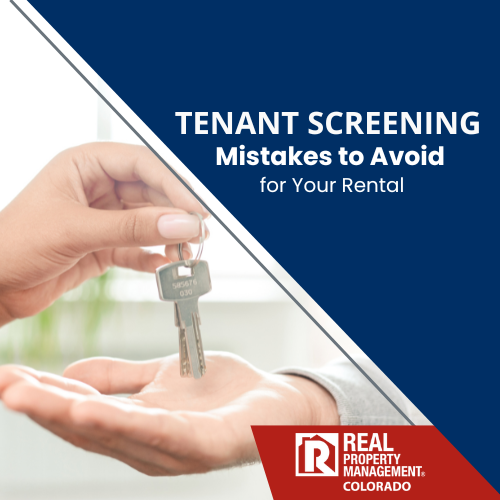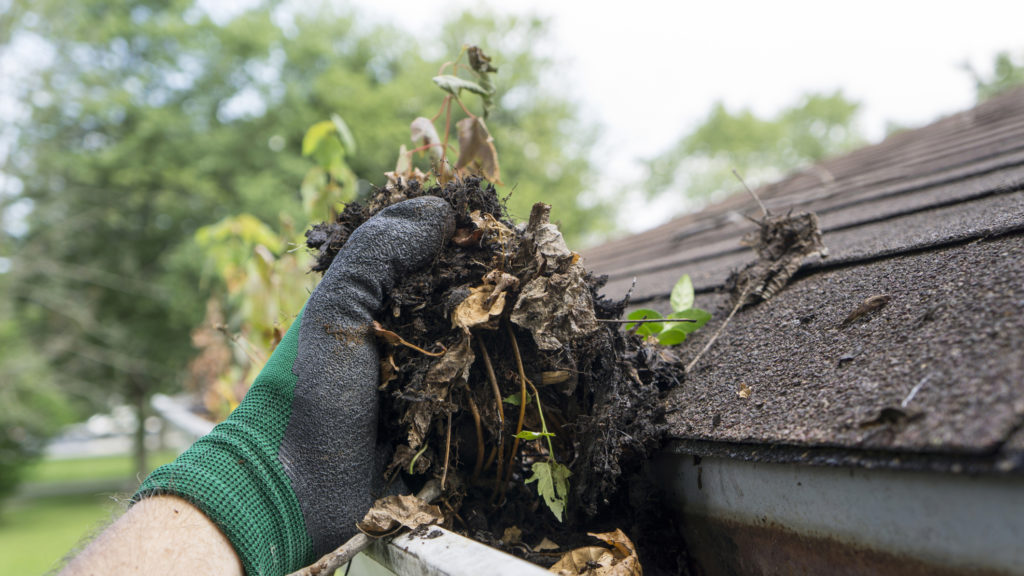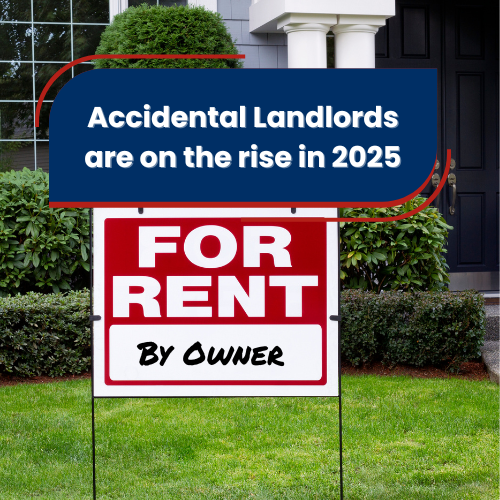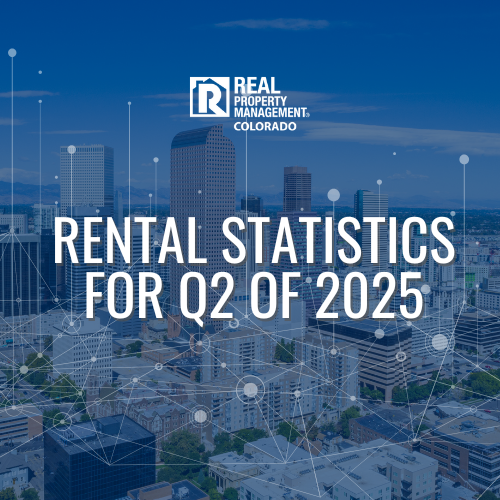 Carpets are arguably one of the biggest headaches a landlord can face, whether that’s from damage at a move-out, cleaning for a move-in, or general wear and tear throughout the lease term. One way to prevent the hassle is to make sure your carpets are maintained properly not only between tenants, but during the lease as well.
Carpets are arguably one of the biggest headaches a landlord can face, whether that’s from damage at a move-out, cleaning for a move-in, or general wear and tear throughout the lease term. One way to prevent the hassle is to make sure your carpets are maintained properly not only between tenants, but during the lease as well.
Carpet Deterioration
Carpet deterioration is a fact that every landlord has to deal with. Knowing what can cause it will better prepare you to help mitigate these and prolong the life of your carpet. One cause is lack of cleaning. This can be anything from not vacuuming enough to letting stains soak instead of cleaning them immediately. Collecting a security deposit to cover any tenant damage is one of the best ways to prepare for this.
Pets can also wreak havoc on carpets, especially if not potty-trained. If they’re not using the carpet as their indoor restroom, they can scratch, chew, rip, and tear carpet. Not to mention pet hair, mud, and other things that seemly merge with your rental’s carpet. Make sure to collect a pet deposit to cover any pet damage.
But carpets also wear over time. The useful life expectancy of carpet in a rental property is 7 years and you can’t charge a tenant for any normal wear and tear. So what then?
Tips and Tricks
There are many ways to prolong the life of the carpet in your Denver rental:
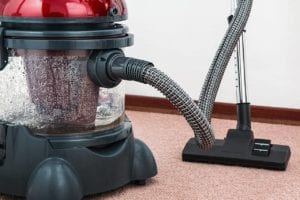 #1: The number one way to do so is to have them professionally cleaned on a regular basis. This means during the lease, too, and not just at move-in and move-out. If your tenants choose to renew their lease for another year, offer to have the carpets professionally cleaned. Doing so at least on an annual basis is recommended. It’s an inexpensive way to save your money in the future, keep your carpets looking and smelling great, and provide a great incentive to your tenants as well.
#1: The number one way to do so is to have them professionally cleaned on a regular basis. This means during the lease, too, and not just at move-in and move-out. If your tenants choose to renew their lease for another year, offer to have the carpets professionally cleaned. Doing so at least on an annual basis is recommended. It’s an inexpensive way to save your money in the future, keep your carpets looking and smelling great, and provide a great incentive to your tenants as well.
#2: Pay extra attention to high-traffic areas. Entrances, stairs, living areas, etc. will need extra care and cleaning to help prolong the life of your carpet. Laying down area rugs and runners in high traffic areas is a great way to help reduce wear.
#3: Protect your carpets during those times where you expect a mess. Cover your carpets when painting or completing any projects that might damage them.
#4: Choose the right carpet! Selecting a durable carpet rather than just the cheapest solution will help mitigate costs in the long run. At the same time, you don’t want to purchase the most expensive type for your rental, which can cost a pretty penny when damage or wear and tear does occur. Choose a fiber type, color, and quality best suited to last.
#5: Finally, if you’d rather not deal with maintaining carpet in your rental, then get rid of it. There are a ton of alternatives, including laminate, tile, and hardwoods, and can be tailored to whatever look you want. Often times, these other flooring types last longer than carpet. Not to mention the number of tenants who might actually prefer these alternatives!
Damage and normal wear and tear to your carpets are a given in your rental. Luckily, the solutions to help mitigate these are often inexpensive and save you way more in the long run!


